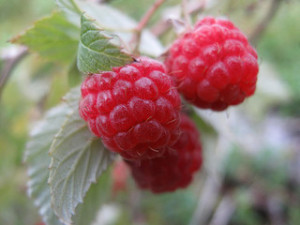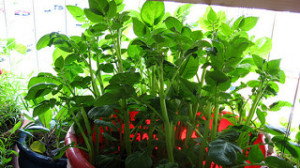The beginning of spring is the best time for you to plant and grow raspberries. Growing raspberries is actually a good way to have fresh and abundant stock of it that can be perfect for the holidays, and it is also a nice way to boost your health, since raspberries is packed with so many vitamins that will surely prevent illnesses and diseases that can limit your chance of having a happy life.
If you want to grow raspberries, here are the things that you have to do:
Choose The Area Where You Want To Plant It
It is always best to prepare the area where you want to plant your raspberries. This is because you want to make sure that your plants will have enough sunlight, water, and will be planted in a well draining soil. You must also protect your raspberries from birds or trolling raccoons. So you might want to cage your raspberries so you can get a good harvest of it.
Choose The Type Of Raspberry That You Want To Plant
In general, there are two common types of raspberries:
- Summer bearing – this is a type of raspberry plant that produces raspberries during the summer only. Once the season is up, it will stop bearing fruits and conserve its energy for the next fruit bearing season, which is next summer again.
- Ever bearing – this is a type of raspberry plant that can produce raspberries from spring to fall.
Buy Your Canes
Most garden supply stores or even online retailers have raspberry canes. These are the ones you plant, in order to grow your raspberry plant.
Planting Your Canes
Make sure that your soil is acidic. You can do this by adding compost or mulch. By the way, if you have used the soil for tomatoes previously, this might not be the best area where you want to plant your raspberry. This is because according to experienced farmers, raspberries and tomatoes suffer from the same disease, which can be easily transferred through a contaminated soil.
Plant your canes at least halfway down. Make sure that the soil is firm above, in order to hold the canes in place. You might also want to support your growing canes with trellises so that it will not grow unruly. Prune the branches, and remove the ones that are stagnant. These branches will not produce fruits, and will only use the plant’s energy for nothing.
If this is your first time to grow raspberries, it might be better to go with the purple or black ones. They are easier to grow. The red ones are more challenging to grow.
The nice thing about raspberries is that you can use them in a lot of ways. You can eat them raw, make shakes or juices out of them, or even make sauces that are delicious on top of cakes, ice cream and more! Raspberries can also be canned if you want to preserve it and give it as gifts this coming holiday season.
image courtesy of Ole Husby/flickr


 if you have limited space at home, and all you can use are containers to grow potatoes, this is also possible!
if you have limited space at home, and all you can use are containers to grow potatoes, this is also possible!